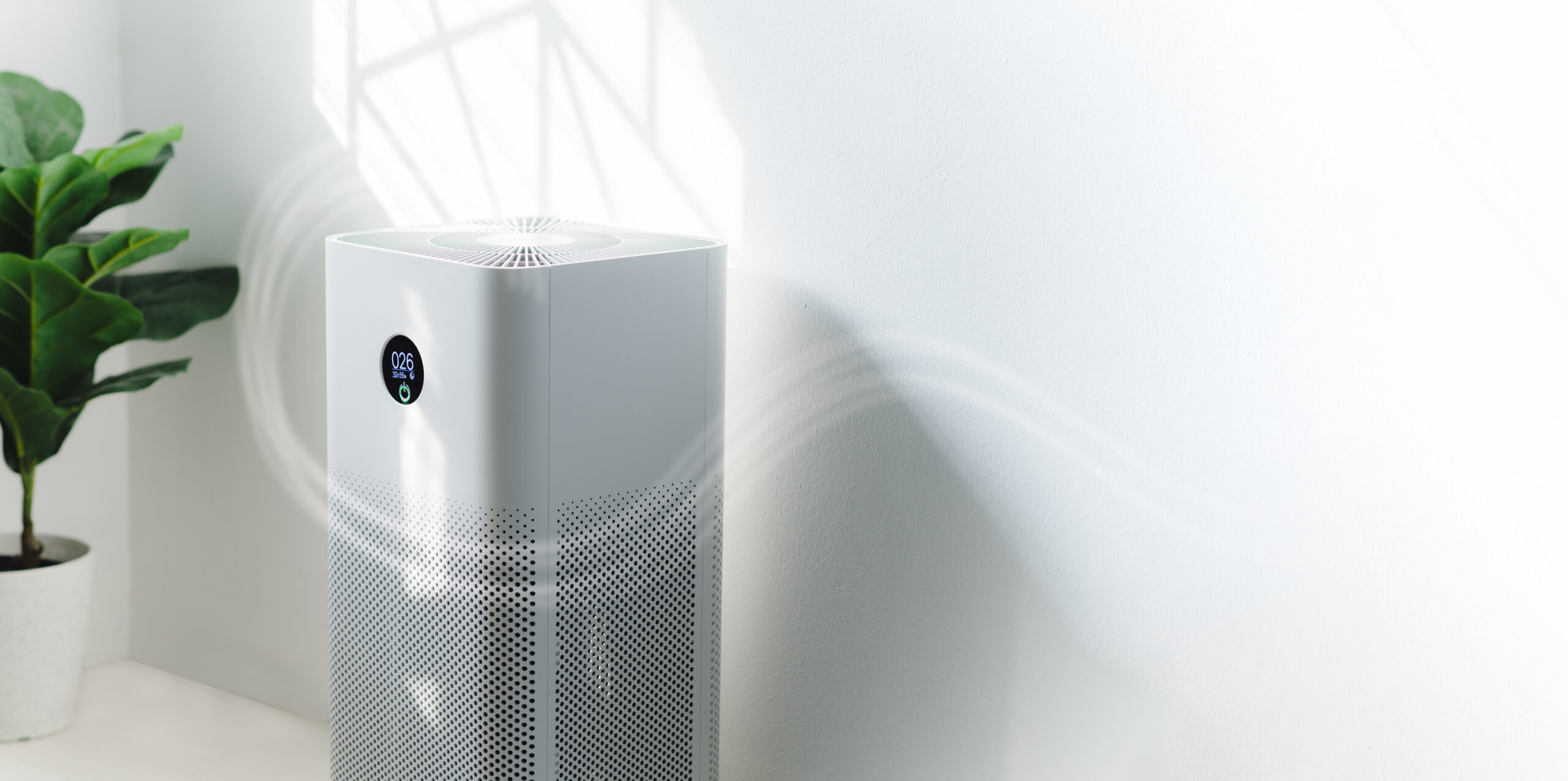
Release date: 2021.04.13
It is considered important for medical institutions to make efforts to ventilate the hospital as one of the measures against the new coronavirus. However, it is difficult to replace the air during this period when pollen flies, and the air purifier plays a major role in spaces where windows cannot be opened and closed. From the patient's point of view, whether or not the air environment measures in the hospital are properly implemented seems to be a point of concern, and the installation of an air purifier can be said to be a visible and easy-to-understand measure. Against this backdrop, air purifiers with high specs and new functions are appearing one after another against the backdrop of the Korona-ka.
According to the SARS-CoV-2 infection control guidance of the Centers for Disease Control and Prevention (CDC), the new coronavirus may be able to spread by about 1.8 m or more through droplets and fine particles floating in the air due to breathing, etc., indoors. It is recommended to use an air purifier to reduce airborne bacteria.
An air purifier is a device that cleans the air by removing dust, house dust, pollen, etc. floating in the indoor air. Some have the function of removing odors from the room, as well as the functions of humidifying and dehumidifying. Most air purifiers are called "fan method", which is a mechanism that takes in air with a built-in fan, filters dust and pollen with a filter, and discharges air from which impurities have been removed. The higher the performance of the filter, the higher the rate at which impurities can be removed.
HEPA filters installed in air purifiers are widely used in medical institutions, laboratories, aircraft, and so on. A blower draws in air and passes through a felt-like filter to capture the lowest levels of microorganisms.
The HEPA filter is defined by the JIS standard as "an air filter with a particle collection rate of 99.97% or more and an initial pressure loss of 245 Pa or less for particles with a particle size of 0.3 µm at the rated flow rate". .. A "collection rate of 99.97% or higher" means that out of 10,000 dirty particles of 0.3 µm, only 3 can pass through the filter. Since pollen and mite carcasses are fine particles of 1 to 30 µm and PM2.5 is 2.5 µm or less, the high performance of the HEPA filter can be seen. HEPA filters become contaminated over time and must be cleaned or replaced over time.
On the other hand, the TAFU filter has high water and oil repellency and is said to be able to maintain dust collection performance for a long period of time. A TPA filter has also been developed that charges harmful substances by creating an electromagnetic field and adsorbs and removes dirt on the filter like a magnet. Maintenance is only washing with water and filter replacement is not required.
Hypochlorite water is used in the medical field because it has a strong sterilizing and deodorizing effect. An air purifier using this is a mechanism that cleans the air by electrolyzing the saline solution to generate hypochlorous acid and allowing the dirty air to pass directly through the filter in which the aqueous solution of hypochlorous acid has permeated. is. It can be said that it is an air purifier that specializes in sterilizing and deodorizing air.
Air purifiers that use photocatalysts can use photocatalyst technology to oxidatively decompose harmful substances such as viruses and bacteria that are taken in with the air. A photocatalyst is a substance that catalyzes only when it absorbs light and promotes the chemical reaction of other substances. For example, by irradiating a photocatalyst with light, harmful substances adhering to the surface can be decomposed into water and carbon dioxide. Hazardous substances taken into the air purifier together with the air are decomposed by the photocatalyst, and this effect lasts as long as the light is continuously applied.
Regarding the coronavirus removal effect, there are new functions installed in the air purifier that use (1) streamer discharge, which is a type of plasma discharge, (2) nano-sized charged fine particle ion water, and (3) plasma cluster ion, all of which are limited. Under these conditions, experimental results showing an inhibitory effect on the new coronavirus have been obtained.
When installing an air purifier in a medical institution, it is required to be effective for a certain size such as a waiting room, easy maintenance, and low running cost. When installing a hospital room, the compactness and quietness of the equipment should be taken into consideration. The number of medical institutions introducing air purifiers is increasing, partly because they have been covered by a subsidy from the new Coronavirus Infectious Diseases Emergency Comprehensive Support Project.
The points of purchasing an air purifier are: ⓵ Space-saving ⓶ Effective for a certain area ⓷ Low maintenance burden ⓸ Low running cost ⓹ Excellent quietness. The number of medical institutions introducing air purifiers is increasing, partly because they have been covered by a subsidy from the new Coronavirus Infectious Diseases Emergency Comprehensive Support Project.
MEDIUS Group is developing a business centered on the sale of medical equipment. We (Medical + us) involved in medical care also want to play the role of an information source (Media) that delivers useful information for the medical field and people's healthy tomorrow.